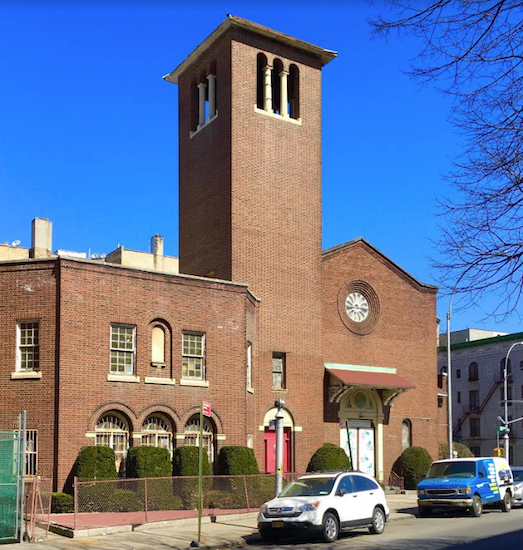A pastor shares the story of why the Baptist Church of the Redeemer is being demolished
Eye on Real Estate: A neighborhood coalition seeks landmark status for the Victorian Flatbush church

This is the Baptist Church of the Redeemer, which is slated for demolition so affordable housing and new church space can be built. Eagle photos by Lore Croghan
This is the story of a Victorian Flatbush congregation that seeks to serve its community — and its momentous decision to demolish its century-old church.
The plan to tear down the Baptist Church of the Redeemer and construct a nine-story affordable-apartment building and a new church has been a long time in the making.
“It has taken years to come to this understanding of who we are and what God is calling us to do,” said the Rev. Sharon E. Williams.
